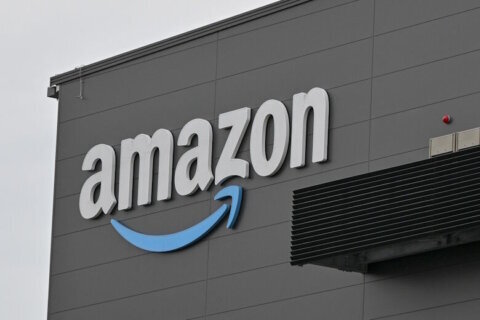London (CNN) — A new crisis is brewing in one of the world’s trade arteries, threatening to snarl supply chains and push up oil prices and broader inflation at a time of slowing economic growth.
The recent escalation in attacks on commercial ships by Yemen’s Houthi militants has led oil giant BP (BP) and four of the world’s biggest container shipping companies to pause transit through the Red Sea, which means they also have to avoid the crucial Suez Canal.
Around 10-15% of global trade — and 30% of container trade — passes through the waterway connecting the Red Sea to the Mediterranean Sea. Some ships are already being rerouted around the southern tip of Africa and a prolonged effective closure of the Suez Canal will increase freight costs and delivery times.
“The Red Sea, especially with the Suez Canal, is like a superhighway for shipping containers, connecting different parts of the world, particularly Europe, Asia and Africa,” said Christian Roeloffs, CEO of Container xChange, a platform that facilitates container leasing. “A huge amount of Europe’s energy supply, palm oil and grain come through the Suez Canal Waterway.”
Such is the importance of the route that the United States launched a naval mission Monday with nine other countries to protect commercial shipping in the Red Sea.
“The Red Sea is a critical waterway that has been essential to freedom of navigation and a major commercial corridor that facilitates international trade,” US Secretary of Defense Lloyd Austin said as he announced the initiative.
“As a result of these attacks, freight and insurance rates have already increased, and oil prices are going up.”
Shipping lanes in the Red Sea “are crucial to the stability of the global economy,” he added.
Oil prices jump after weeks of declines
Oil prices rose almost 2% Monday after BP said it would suspend all shipments through the Red Sea. Belgian shipping group Euronav, one of the world’s largest transporters of crude oil, has also said it will “avoid the area until further notice.”
Although prices have since ticked down, Monday’s surge marked a notable change in direction. Oil prices had fallen for seven consecutive weeks prior to last week’s attacks in the key waterway, the longest stretch of unbroken declines since late 2018.
“Europe is the most exposed region to disruption to flows through the Suez Canal, with a quarter of all refined (oil) product imports arriving via the canal,” Matthew Wright, an analyst at Kpler, wrote in a note Monday.
Globally, according to Goldman Sachs analysts, the disruption “is unlikely to have large effects” on the prices of crude oil and liquefied natural gas (LNG) given the options for rerouting vessels.
Europe’s benchmark prices for natural gas fell sharply Tuesday, reversing earlier gains. “The current situation provides some nervousness to the market, but the implications on market fundamentals will be limited,” said Massimo Di Odoardo, Wood Mackenzie’s vice-president of natural gas and LNG research.
“The biggest driver for European and Asian prices remains the warmer-than-average temperatures, which continue to put pressure on demand and prices.”
Wider trouble for shipping, supply chains
A large-scale rerouting of trade would risk clogging up supply chains in the short term and driving up freight costs, which could feed through to consumer prices. More than 80% of global goods trade is moved by sea, and traffic through the vital Panama Canal is already restricted because of a severe drought.
“The situation in the Red Sea comes amid reduced transits at the Panama Canal, bringing the two chokepoints to the fore at the same time,” said Wright of Kpler.
The world’s biggest shipping companies — including MSC, Maersk, Hapag-Lloyd and CMA CGM — are already sending some ships via the Cape of Good Hope. That will add weeks to transit times and increase costs, “which directly filters into final import costs,” said defense secretary Austin.
A blockage in the Suez Canal in 2021 highlighted the importance of major shipping lanes. When the Ever Given container ship ran aground in the waterway in March that year, the result was delayed shipments of consumer goods from Asia to Europe and North America and an exacerbated crunch in global supply chains.
Back then, ports were already congested and freight rates were sky-high due in part to unprecedented demand for goods from housebound American consumers during the Covid-19 pandemic.
“This time there is a record level of excess (shipping) capacity,” said Judah Levine, head of research at logistics company Freightos. So, while longer voyages will likely push up freight rates, “due to carriers looking for ways to utilize excess capacity, it is unlikely that rates will spike to levels experienced during the pandemic.”
But longer delivery times could have knock-on effects. “All supply chains are optimized to the max, so this will lead to ripple effects,” Rico Luman, a senior economist at Dutch bank ING, told CNN.
“It all depends on how long this will last.”
Rob North and Pauline Lockwood contributed reporting.
The-CNN-Wire
™ & © 2023 Cable News Network, Inc., a Warner Bros. Discovery Company. All rights reserved.







